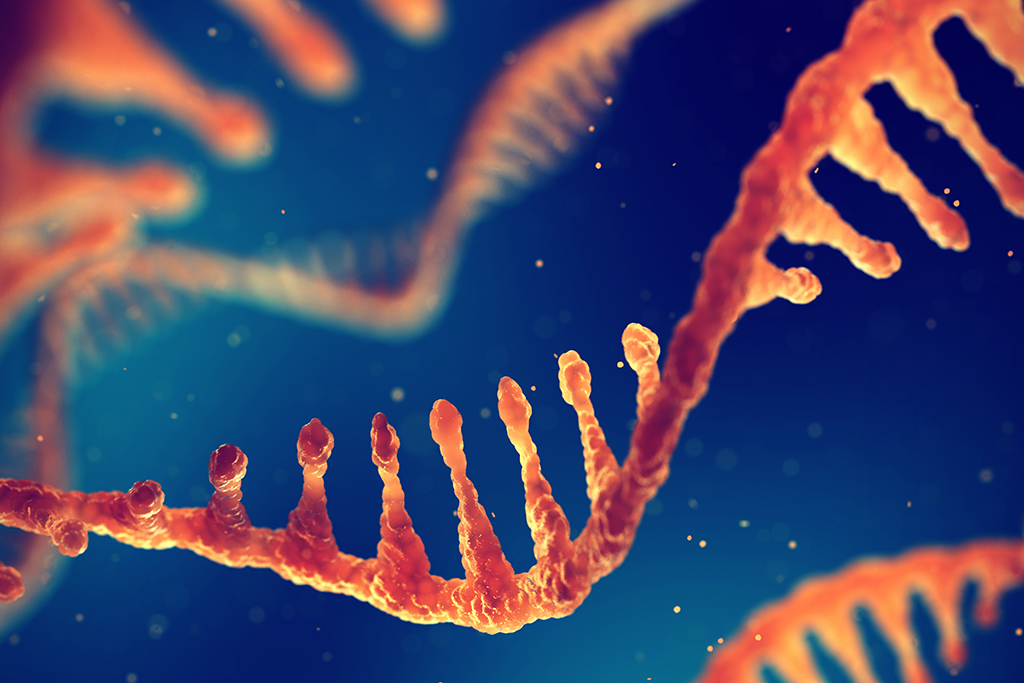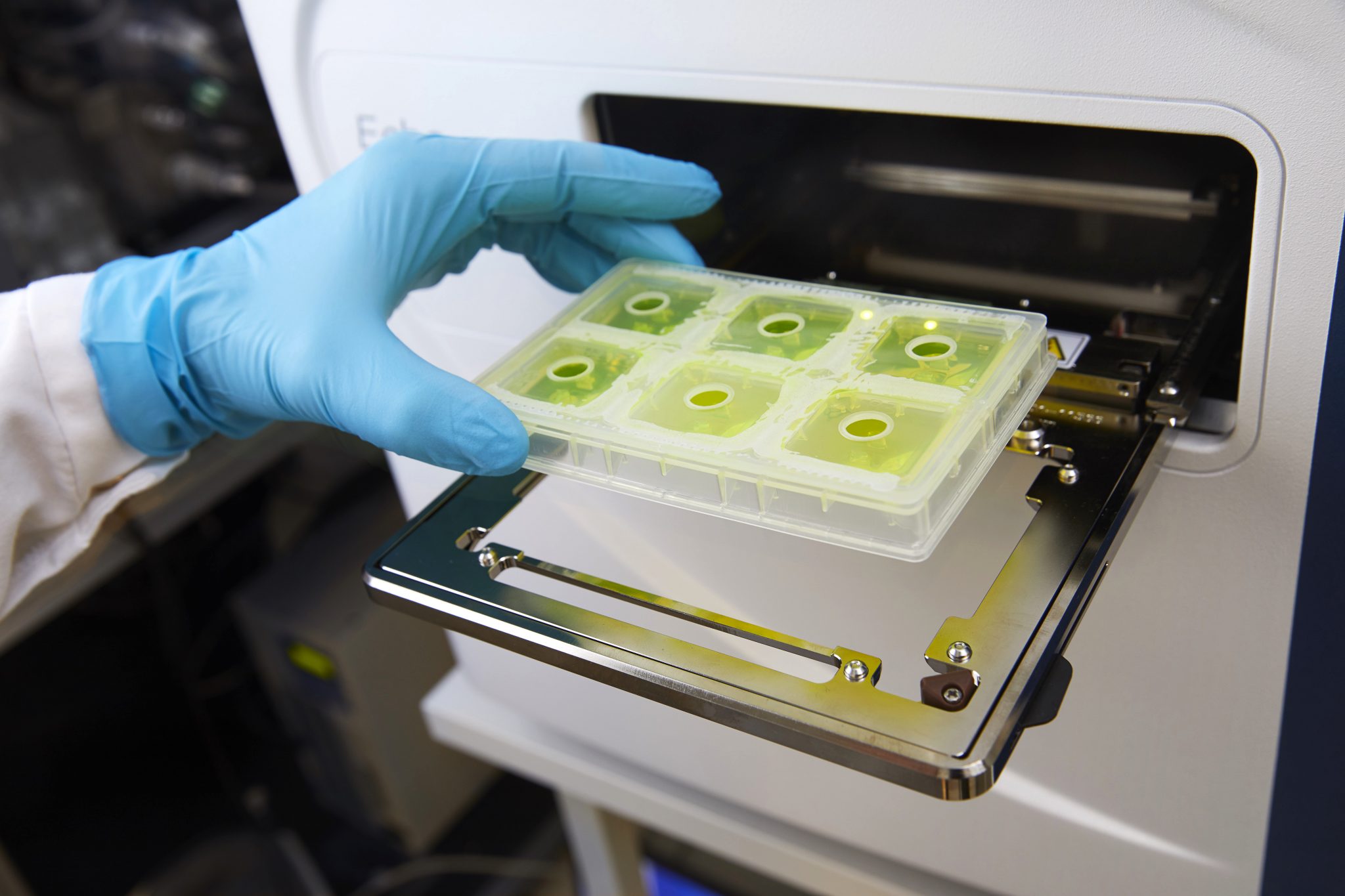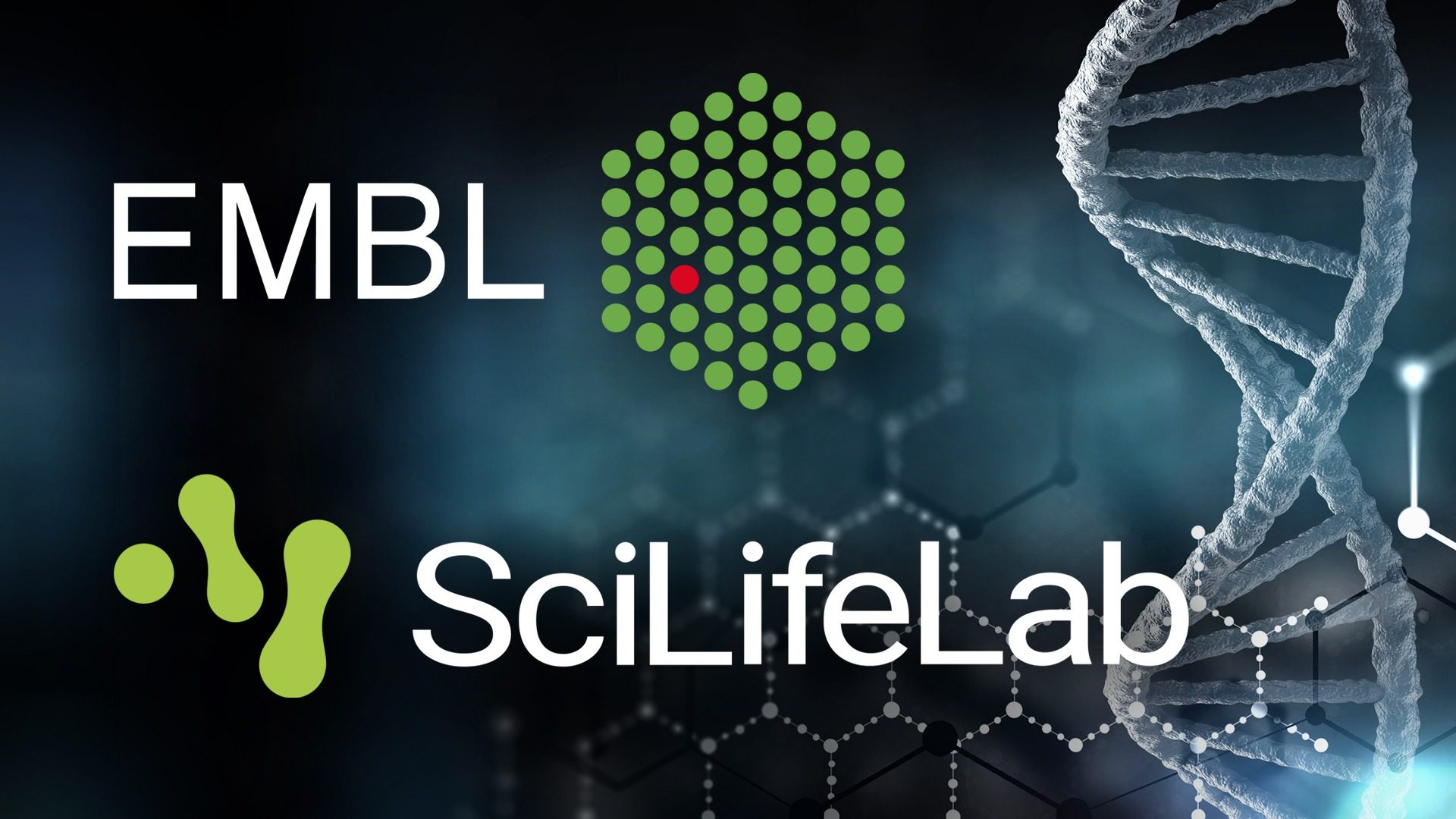New method sheds light on the role of RNA in chromatin regulation
Researchers from Karolinska Institutet, SciLifeLab and RIKEN (Japan) have developed a new method that can generate maps of RNA and chromatin interactions in the nucleus. This is particularly useful when studying how gene expression is regulated in different cells and tissues.
Inside the mammalian genome, thousands of noncoding RNA:s can be found. Once transcribed, these RNA:s are mostly found inside the nucleus and have been shown to play an important role in both gene regulation and chromatin remodeling.
In a recent study, published in Nature Communications, researchers wanted to find out more about these noncoding RNA:s and developed a novel method to map the interactions between the RNA and chromatin on a genome wide scale.
The new method is called “RNA And DNA Interacting Complexes Ligated and sequenced” (RADICL-seq) and is more sensitive and efficient than existing methods. It can identify distinct patterns of chromatin interactions between different classes of transcripts as well as cell type-specific interactions and provides vital information about the role RNA plays in the establishment of chromatin structure.
“Our study provides a new perspective on the role of specific RNAs in the organization of the genetic material located inside the nucleus of cells. We have unveiled an unexpected role for classes of transcripts that were not previously reported, such as intronic RNAs and RNAs containing repeat elements. These findings reveal that regulation of gene expression is far more complex than we initially thought” says Alessandro Bonetti (KI), in a news article from Karolinska Institutet.
“This study brings together several aspects of nuclear organization, thus providing us with a new tool to investigate the relation between genome architecture, gene expression and cell identity” says co-author Federico Agostini (SciLifeLab/KI), postdoctoral fellow in the group of SciLifeLab Fellow Magda Bienko (KI).
The study shows that noncoding RNA plays a more important role in the regulation of gene expression and chromatin organization than previously thought.
“This study represents one of the first steps to understand how the interplay between RNA and chromatin ensures proper genome function. Our main interest is to gain a better understanding of the regulatory networks governing cell identity for the development of future medical applications and therapies”, says Alessandro Bonetti.”





